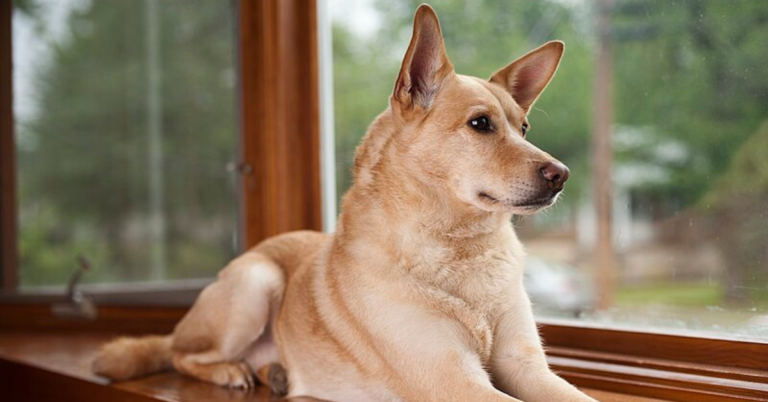15 Dog Breeds That Might Make Your Home Smell a Little Funky
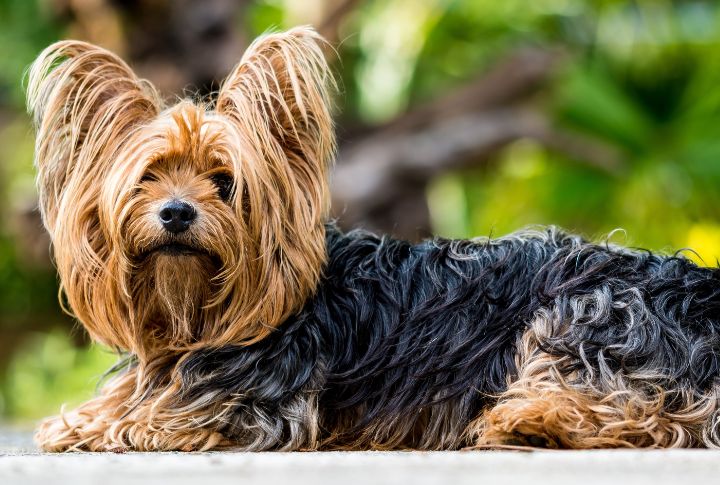
Bringing a dog into your home means welcoming a bundle of joy and companionship, but it can also come with some unexpected challenges. While each breed has its charm, some can impact your home’s scent due to their unique coats, skin conditions, or natural odors. If you’re considering adding a canine to your family, know which breeds can bring home unpleasant smells. Here are 15 to know of.
Basset Hound
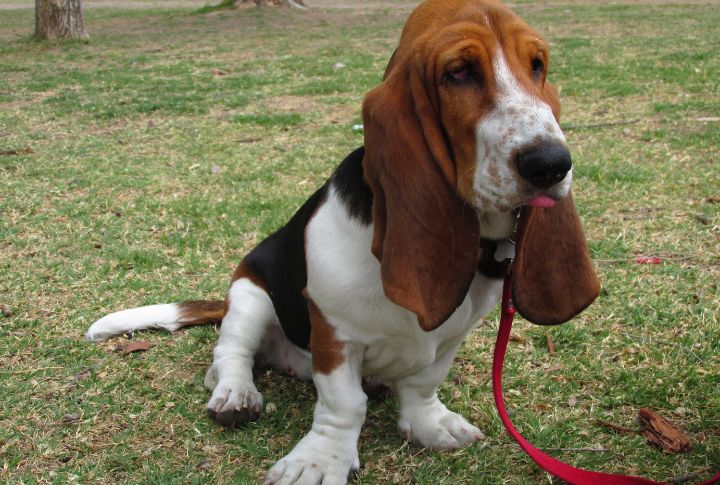
These droopy-eared charmers are notorious for their strong odor. A Basset Hound’s skin produces a lot of natural oils, and their long ears can trap moisture, leading to infections and odors. Regular grooming and ear cleaning are essential to manage their scent, but their affectionate and laid-back nature makes them endearing companions.
Beagle
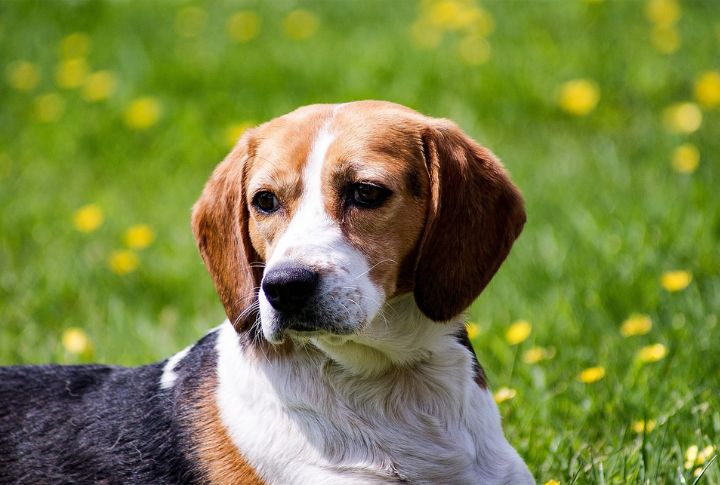
Beagles have a distinct “hound odor” that can be challenging to manage. Their short, dense coat produces natural oils, leading to a musty aroma. Another factor is that Beagles love to sniff out unknown scents, often rolling in things that can amplify an unpleasant smell. The solution? Frequent baths and perhaps watch out where they play.
Cocker Spaniel

No doubt, the appeal of a Cocker Spaniel increases thanks to its beautiful and flowy coat. But do you know that its coats are also why it may give off some unpleasant odor because of accumulated dirt and skin oils? This means its grooming needs increase, but the extra effort gets rewarded as it becomes a cherishable, clean, and pleasantly-smelling companion.
Saint Bernard
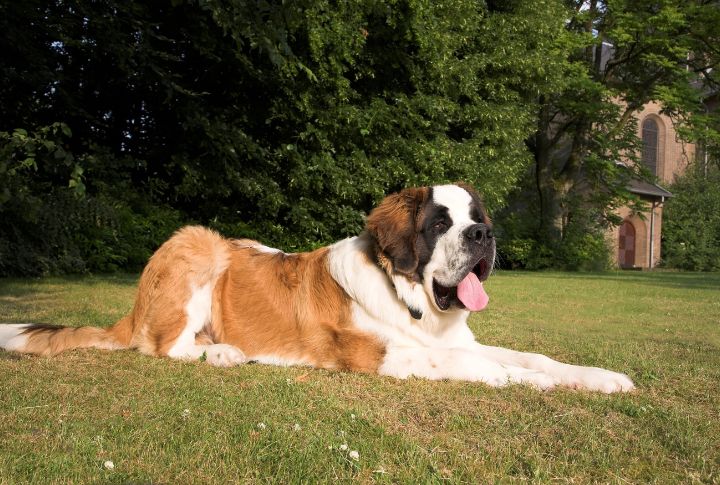
Unfortunately, Saint Bernards can quickly develop unpleasant smells due to their drooling, especially if their face and neck become overly damp and when you do not clean them well. Coupled with their thick double coat and active outdoor lifestyle, they require regular brushing to keep their fur clean and free from lingering odors.
Newfoundland
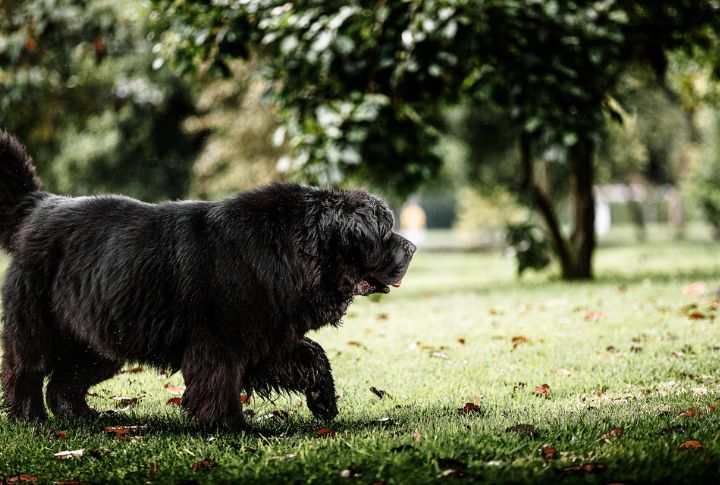
Yes, Newfoundlands are athletic, enjoy a good swim, and are affectionate, but they are also heavy droolers, which could add to their distinct smell. Pet parents need to ensure that they are thoroughly dried after a dive in the pool, as their water-resistant coat tends to retain the wet dog odor. Regular baths ensure the droll scent stays off.
Bulldog
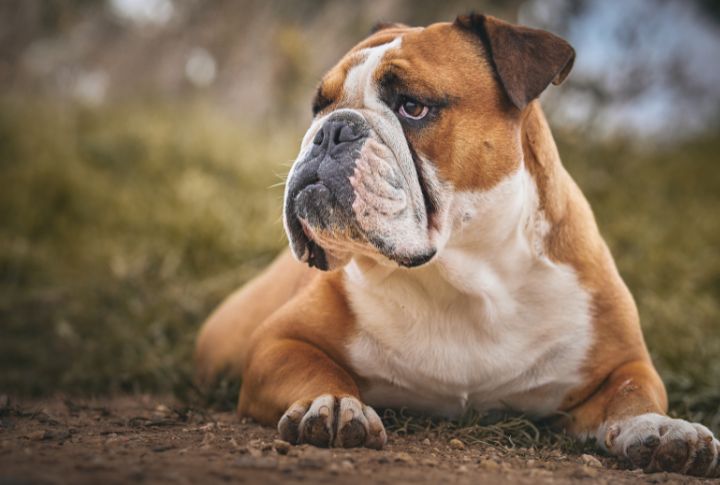
Skin folds on a Bulldog can contribute to a strong, musty odor. Their excess facial skin and potential “tail pocket” can trap dirt and moisture, leading to unpleasant smells. Additionally, an ingrown tail can create a hidden pocket that accumulates grime, so much so that regular cleaning around these areas is vital.
Shar Pei
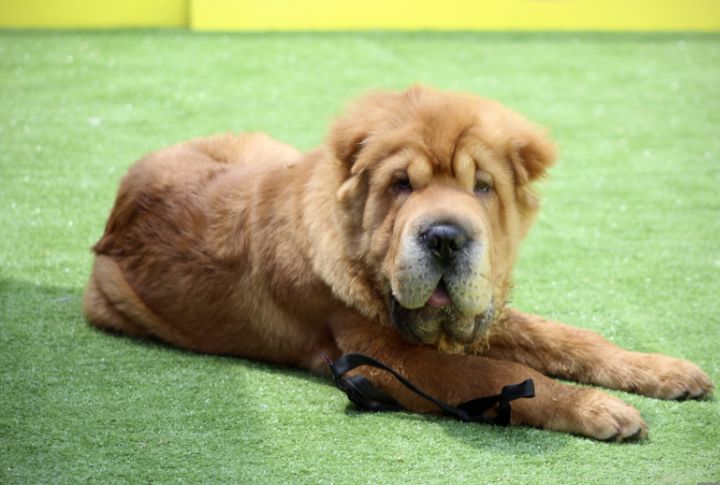
Shar Pie’s skin contains high levels of hyaluronan, a substance that makes it thicker and forms deep folds that can trap moisture and dirt. These folds can also lead to skin conditions that worsen the terrible smells. To keep them clean and minimize odors, bathe them regularly and dry their wrinkles thoroughly.
Labrador Retriever
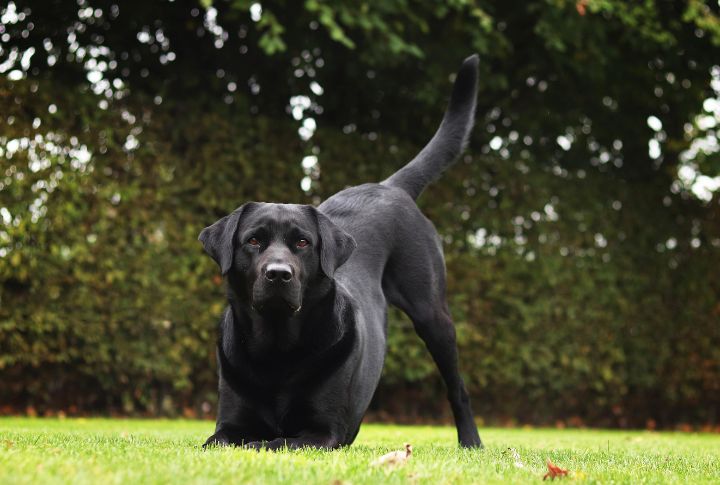
It’s hard to find faults with this almost perfect canine breed. While the world considers the Labrador Retriever an ideal companion in all respects, sadly, there’s one category that even Labs fall short of. Their love for water leads to an unpleasant side effect: a distinctive doggy odor because of their water-resistant double coat.
Boxer
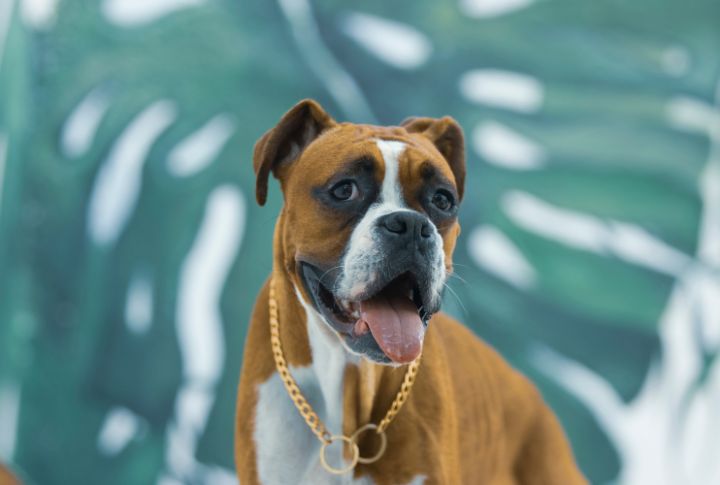
Boxers’ flatulence—mainly due to food allergies—is a cause of concern, making them stand out on this list. Their flat faces also cause them to gulp air while eating, which can lead to more digestive problems. To curb the allergies, opt for a grain-free diet to improve comfort. Using a slow-feed dish helps manage their facial anatomy downsides.
Yorkshire Terrier
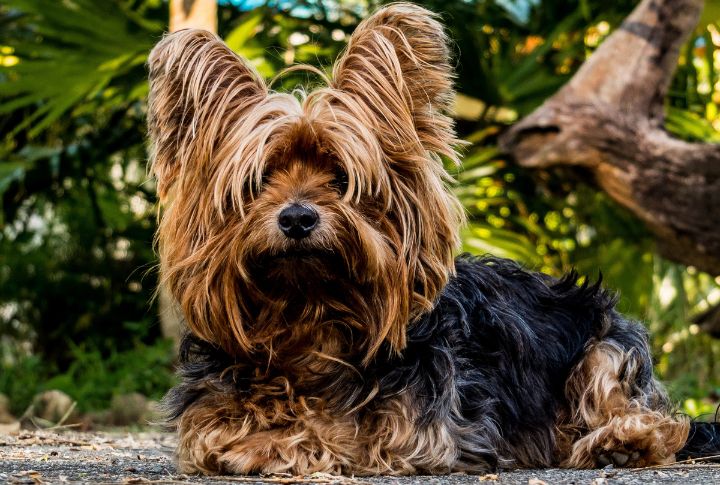
Though dogs sweat through their paws, Yorkshire Terriers sweat minimally through their hair follicles. Without regular baths, this can lead to an unpleasant smell. Unlike most dogs with fur, Yorkies have hair that grows long and can collect debris. While they shed less, they require regular grooming to keep them fresh and clean.
Weimaraner
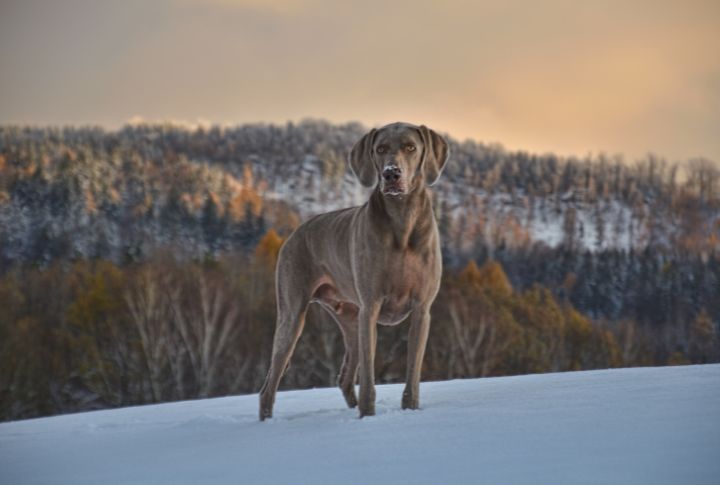
The answer is quite simple if you are wondering why the Weimaraner ended up on this list. The answer? Weimaraner has a well-deserved reputation for getting into all sorts of smelly situations with a knack for rolling in everything from poop to decaying matter; they can even find themselves in a playful encounter with a skunk!
Pug
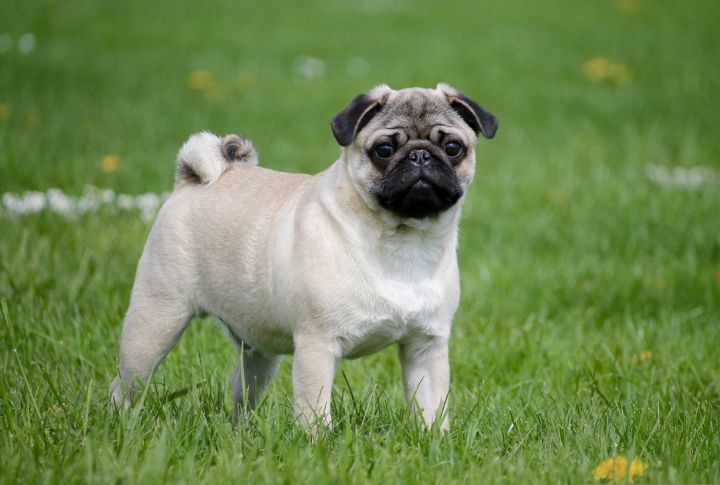
Multiple factors make pugs among the smelliest dog breeds. First, their wrinkled heads can trap food, dirt, drool, and sweat. Second, their feet smell like corn chips, so regular foot washing is vital. Lastly, their flat faces often lead to bad breath due to crowded teeth. The solution is simple; clean as often and ensure they are completely dry afterwards.
Poodle
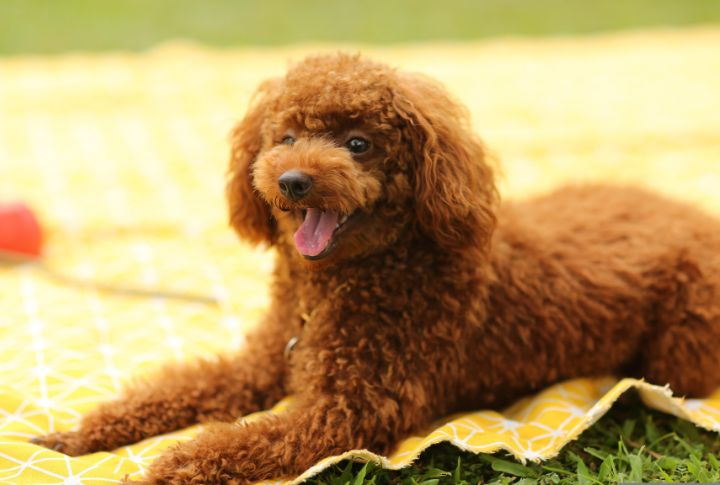
We assume many of you would be surprised to spot the oh-so-fancy Poodle on this list. Beneath a Poodle’s curly coat might lie an accumulation of moisture and dirt, leading to a musty odor if not groomed regularly. Additionally, Poodles are prone to ear infections, which can aggravate the already-existing smell.
Great Dane
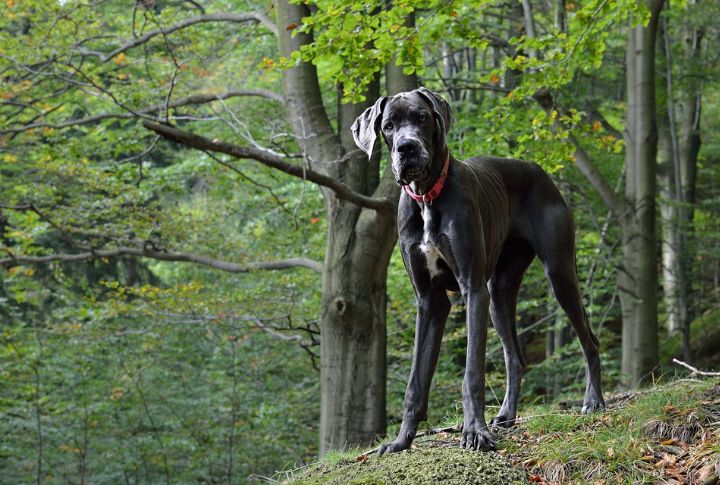
While Great Danes are known for their impressive physique and gentle demeanor, they are infamous for their unwanted smell. Their short coats trap oil and dirt, and this makes them susceptible to skin infections. Besides, their flatulence can contribute to their overall unpleasant scent. Keeping a Great Dane smelling fresh involves regular baths and a healthy diet.
Pekingese
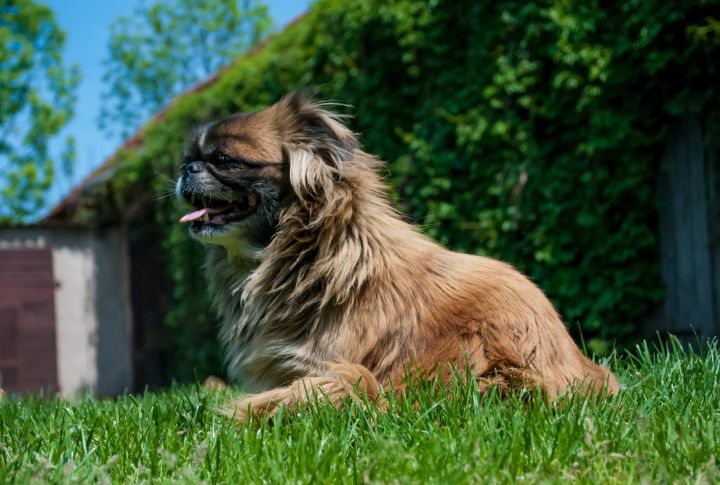
Due to their luxurious coat, Pekingese dogs make a striking impression, though they need regular grooming to stay clean and smell fresh. These small dogs are known for their charming personalities and loyalty, but their breath can stink up the space if you neglect regular dental care. Regularly brushing their teeth is essential to keep their breath as delightful as their temperament.




